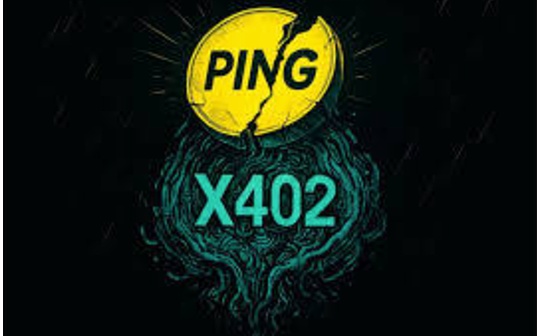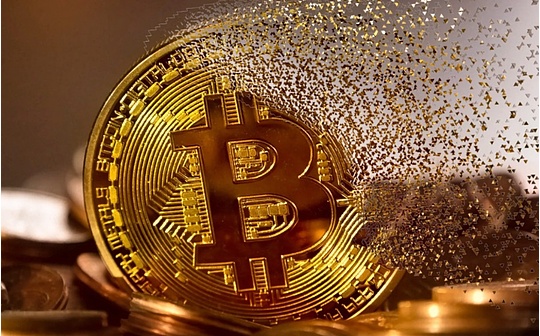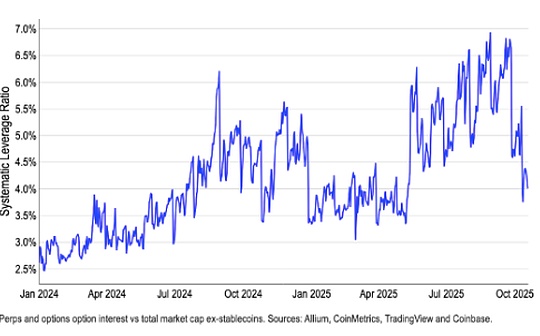
Author: Raserei Source: cointelegraph Translation: Shan Oppa, Bitchain Vision
The history of Ethereum began more than a decade ago as a ray of light in the eyes of its founder Vitalik Buterin, a thin mathematical genius who was frustrated by the limitations of Bitcoin and believed he could use blockchainDo better.
Buterin imagines that cryptocurrency is no longer just a monetary asset, but rather expands blockchain technology into a “global computer”—a platform for hosting decentralized applications powered by smart contracts and requires little to noArtificial intervention or trust assumptions.
Today, Ethereum has become the world’s second largest crypto asset, supporting a trillion-dollar-valued network-dependent ecosystem.It is the preferred blockchain for several of the world’s largest asset management companies, and the preferred blockchain for hundreds of thousands of daily users (layer one) and millions of connected layer two users (layer two).
Here are 11 most important moments in Ethereum’s history and some major upgrades to look forward to.
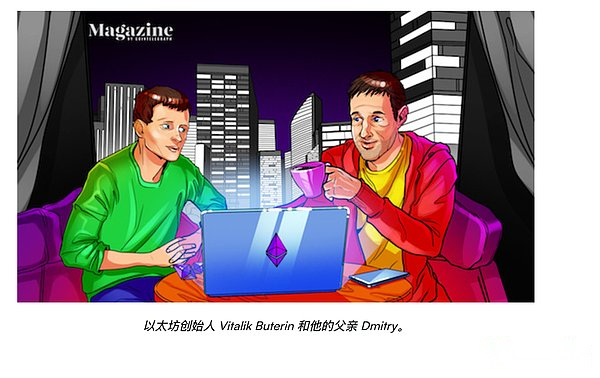
Ethereum White Paper – 2013
Butling first came into contact with Bitcoin when she was a teenager through his father, a Russian-born engineer who later immigrated to Canada with her family.
Buterin worked as a crypto blogger in the early 2010s and was paid in BTC due to lack of funds to invest in Bitcoin mining or the Bitcoin assets themselves.
Romanian Bitcoin enthusiast Mihai Alisie, noticed his talent as a leading thinker and writer in the field, and approached him, and the two founded Bitcoin Magazine in 2012.

A year later in 2013, Buterin, who was only 19 years old, published an Ethereum white paper, outlining the “next generation of smart contracts and decentralized application platforms.”He told Business Insider that its purpose is only to fix the problem of Bitcoin’s “too limited functionality”:
Think about the difference between a pocket calculator and a smartphone, which can only do one thing and do it well, but people actually want to do all these other things.If you have a smartphone, then on your smartphone you have a pocket calculator app.You can play music as an app.You have a web browser as an app, and almost everything else.”
Later, he received a $100,000 scholarship from Peter Thiel and began researching the Ethereum platform.
Red Wedding-2014
Before Ethereum became what it is today, it experienced some growing worries and conflicts, with the first major conflict being the infamous “Red Wedding” – the future of the network was handed to Buterin.
As Camila Russo in her book“Infinite Machine”As documented in the article, on June 7, 2014, the co-founder team gathered in Zug, Switzerland to sign a document to transform Ethereum into a for-profit company.
But the contract was not signed, and tensions about Charles Hoskinson’s management style, Amir Chetrit’s contribution to the project and the future direction of Ethereum reached a boiling point.
The power of which direction Ethereum should develop was left to Butling, who ousted Hoskinson (Hoskinson later created Cardano) and Chetrite and established Ethereum as a nonprofit foundation, not a company.
Ethereum co-founder Joe Lubin said in a 2023 interview with Magazine: “We have differences of opinion, and sometimes these differences of opinion can intensify to a well-known level…even infamous level.”.”
ICO and Release – 2014
The next important move for Ethereum is to raise funds during its initial token offering in 2014 and attract widespread public attention, selling millions of dollars in ETH to fund the development of the project.
Between July 22 and September 2, 2014, ICO investors snapped up ETH worth more than $18 million and paid for it with BTC.
The Ethereum blockchain and its native token ETH were officially launched on July 30, 2015.
ETH has a market value of $0.31 per ETH token, which marks an impressive 1,057,000% return for anyone who is lucky enough to hold ETH until today’s price of $3,275.
Of course, no one knows for sure, but it is rumored that Ethereum and Consensys co-founder Joe Lubin has invested more in ICO than anyone else.
DAO Hackers and Ethereum Classics – 2016
Arguably the most influential event in Ethereum’s history is the now-infamous DAO hacker, which stole more than 3.6 million ETH from early idealistic decentralized autonomous organizations.
The attack hit the market, causing the price of ETH to plummet from $20 to $9 in less than 36 hours.
Due to differences on how to deal with the attack after the attack, the Ethereum community is divided into two main camps: one wants to continue running, everything is the same; the other wants to roll back the network until the attack occurs to resolve the problem.
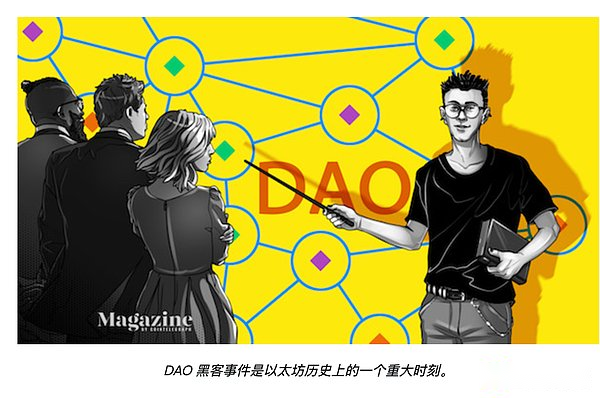
This is a philosophical disagreement: Should blockchain be an immutable record, with code as the law, or can blockchain leaders simply change history to erase inconvenient events?The debate between the two sides is very fierce, and the debate over whether Ethereum is on the right path continues to this day.
Ultimately, most people in the Ethereum community voted to hard fork the network to roll back the blockchain and regain the assets lost in the vulnerability.
One of the hard forks is the proof-of-stake blockchain, which still retains the Ethereum name today, while the other hard fork is called the Ethereum Classic – technically the original version of the Ethereum blockchain, it still worksProof of Quantity Blockchain.
CryptoKitties Crack Ethereum-2017
One of the weirdest things that happen on Ethereum is the emergence of the irreplaceable token collection CryptoKitties, which more or less destroys the entire network.
Launched in October 2017 by Vancouver-based startup studio Axiom Zen, CryptoKitties aims to serve as a serious and interesting experiment in blockchain technology that allows users to collect and nurture different types of NFTs.
By early December, CryptoKitties had become all the rage, with NFTs at one point at a price of $170,000.Kitties’ demand and activity are so high that it blocks the Ethereum network, causing fees to soar.
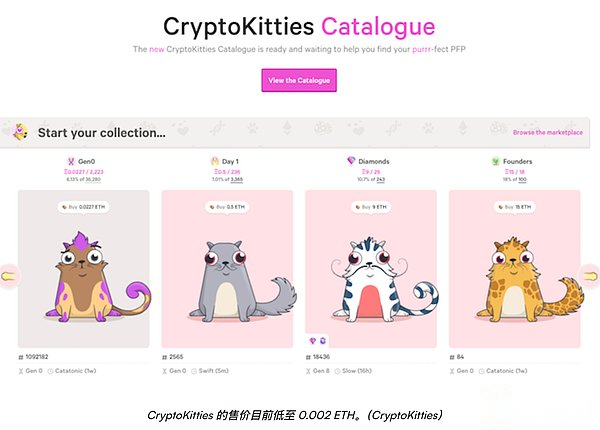
To cope with sudden network outages, an elite team of Ethereum developers from projects such as MetaMask and Infura joined forces to deploy fast-optimized and long-term scaling solutions for the network.
Although crypto enthusiasts still have differences over the quality and value of the CryptoKitties project itself, it is undeniable that it has had a huge impact on the development of the Ethereum network and also helped to spark the NFT craze.
DeFi Summer—2020
The summer of 2020—commonly known as “DeFi Summer” by crypto enthusiasts—marked a turning point in crypto history, and Ethereum suddenly became a hotbed for brand new financial activities.
New users are pouring into the Ethereum network, and everyone is eager to try hundreds of new protocols that have emerged on the network.This has sparked a boom in digital asset lending and trading in hundreds of protocols, many of which now form the backbone of today’s multi-billion-dollar DeFi industry.Most activities are driven by “benefit farmers” who receive token rewards for their activities.This is either a genius approach to starting a flywheel or an unsustainable Ponzi economics.
The well-known Ethereum-based DeFi protocols, including Aave and Compound, that emerged in the DeFi summer, now have a total lock-in value of tens of billions of dollars and daily transaction volumes of hundreds of millions of dollars.
Food-themed DeFi also exploded, most notably SushiSwap, which forked Uniswap and ‘vampire attacks’ to gain liquidity and users.After Chef Nomi cashed out $14 million in SUSHI, he handed over control of DEX to a young upstart investor named Sam Bankman-Fried.
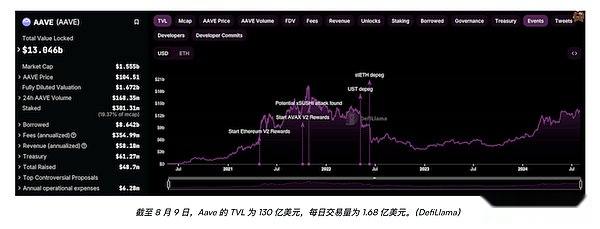
Rollup Roadmap Reorganization – October 2020
According to Ethereum developer Marius van der Wijden, one of the biggest advantages of Ethereum is that its roadmap itself is not very strict or fixed.
He told the magazine that the community is constantly “arguing about what to do and what to prioritize next”, which is crucial to keep Ethereum decentralized and avoiding capture.
This flexibility was reflected in October 2020, when Buterin abandoned the long-standing Eth 2.0 roadmap that plans to scale Ethereum in a holistic manner using OG shards – it looks more like 64 EthereumsThe blockchain runs simultaneously together.
But Buterin abandoned this sharding form (later implemented by projects like Near) because alternative solutions in the form of optimism and ZK-rollups are beginning to emerge, and these layer 2 projects separate execution and computation from the main chain, but still inherits its security.
As research and development showed that this would be a viable path to expansion, he released a new “Aggregation-centric roadmap.”
The new Rollup roadmap ensures that the Ethereum network will be the best base layer blockchain, with most of the expansion and experimentation going through layer 2 networks such as Polygon, Optimism, and Arbitrum.Optimistic Rollup is seen as a faster implementation solution, while ZK Rollup is seen as a possible final solution.
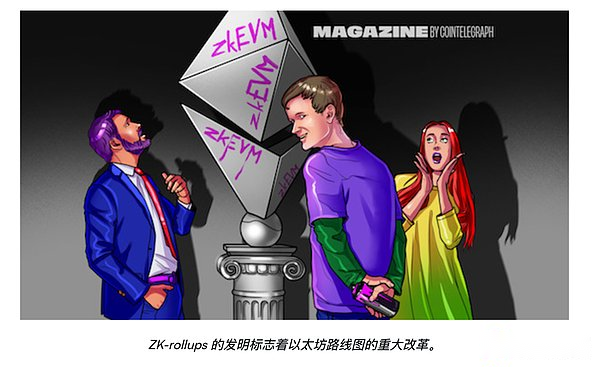
“Today, they’re taking advantage of many of the technological discoveries we have now that weren’t there 10 years ago. So, like, data availability sampling… didn’t exist before 2017 – 2017 was my first post in the first place.When it comes to work on it. Optimistic and ZK-rollups actually didn’t exist until around 2019,” Buterin said at the 2022 ETH Seoul press conference.
Proof of Stake, Merger – September 2022
Van der Wijden said he believes the merger is the “most critical” moment in the history of Ethereum network.
The merger was completed on September 15, 2022, marking the transition from an energy-intensive proof-of-work consensus mechanism to a more environmentally friendly proof-of-stake mechanism.
“It’s a huge effort that many people work together for a common goal – I’m glad we did. After learning some data on electricity, CO2 consumption and e-waste, I’m proud to be a part of this work.”
After the merger, Ethereum’s energy consumption decreased by 99%, and brought about a major shift in the economics of network tokens.
Dencun Upgrade: Blobs and Shards — March 2024
The next critical step for Ethereum happened on March 13, 2024, when the Dencun upgrade was implemented on the network.
The Dencun upgrade introduces a set of nine different Ethereum Improvement Proposals (EIP), the most notable of which is EIP-4844.
EIP-4844 introduces proto-danksharding, which utilizes “blobs”, a mechanism that allows separate and temporary storage of transaction data, significantly reducing the fees paid for block data on Ethereum Layer 2 networks.
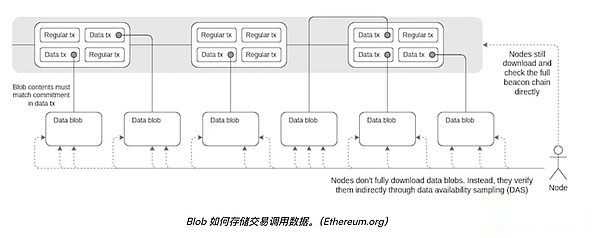
Dencun found that the cost of executing transactions on Ethereum Layer 2 networks such as Arbitrum and Optimism was significantly reduced; however, the side effect was that the total ETH fee destroyed on the main network also dropped significantly.
eOracle contributor Matan Si told the magazine that the most important advancement in Ethereum since the merger is the expansion of the summary and layer 2 solutions.
What excites me the most about the future of Ethereum is its potential to bridge the gap between these execution layers and the real world.Linking on-chain activities with off-chain data and computing will unlock countless new use cases.”
BlackRock chooses Ethereum—March 2024
One of Ethereum’s largest institutional milestones came on March 20, when asset management giant BlackRock launched its tokenized fund on the Ethereum network.
The money market fund, known as BlackRock Dollar Institutional Digital Liquidity Fund (BUIDL for short), is completely backed by cash and Treasury bills and provides investors with daily income paid to token holders.
This move is widely regarded as the world’s largest asset manager’s strong recognition of the reliability and credibility of the Ethereum network.
According to rwa.xyz, the BUIDL fund currently has a market capitalization of $517 million, with trading volumes exceeding $116 million last month.
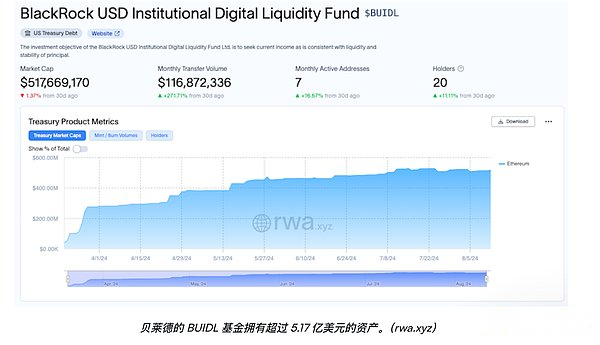
BlackRock CEO Larry Fink said that while he was initially a “opponent” of crypto assets, he has changed his mind and viewed cryptocurrencies, especially Ether and Bitcoin, as an emerging type ofAsset category.
Fink told CNBC on January 12: “I have a lot of faith in ETH over the past two years.”
ETFs launched in July 2024
Nine spot Ether ETFs were first approved by the Securities and Exchange Commission (SEC) on May 23 and officially launched on July 23.
The launch of spot funds marks an important step forward for ETH as an institutional-level asset.
Like Bitcoin ETFs, Grayscale’s issuance also suffered a downturn as investors sold their holdings in Grayscale Fund, and its converted Grayscale Ethereum Trust (ETHE) costs more than other ETFs.10 times higher.
As of press time, the funds had net outflows of $390 million; however, ETHE liquidity is slowing, and ETF Store president Nate Geraci said BlackRock’s three-week inflows have made it the sixth most successful launch this yearETF.
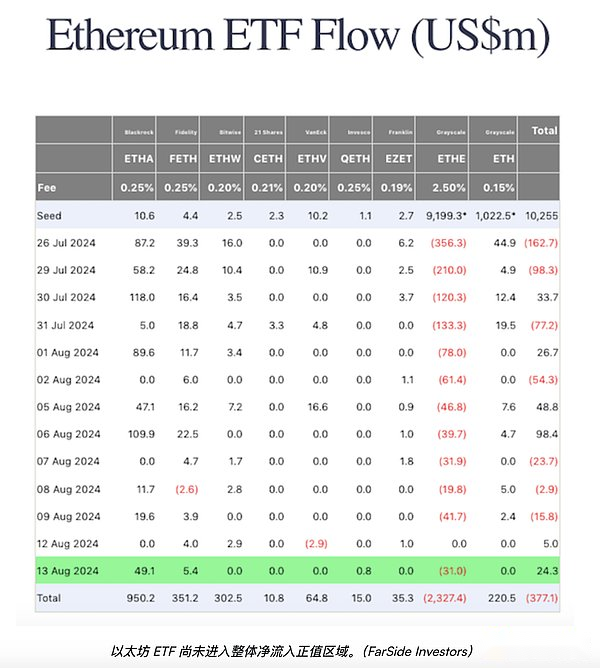
Next: Pectra, Verge and Splurge
The next important step on the roadmap is the Pectra upgrade, which van der Wijden says will include “a series of upgrades” to the Ethereum virtual machine, enabling new use cases such as trustless stake pools and bringing developers’ livesEasier.
Following Pectra, Vitalik launched Verkle, or Verge.
“With Verkle, we changed the way we store state—all accounts, balances, contracts—to make it easier to prove that your balance is x at block y,” van der Wijden said.
Van der Wijden describes “cleaning” as: a series of new upgrades designed to get rid of old features that are no longer useful to the network.
“When Ethereum started, they made a lot of assumptions about how things work, many of which proved to be correct, but some didn’t develop as they expected,” van der Wijden explained.
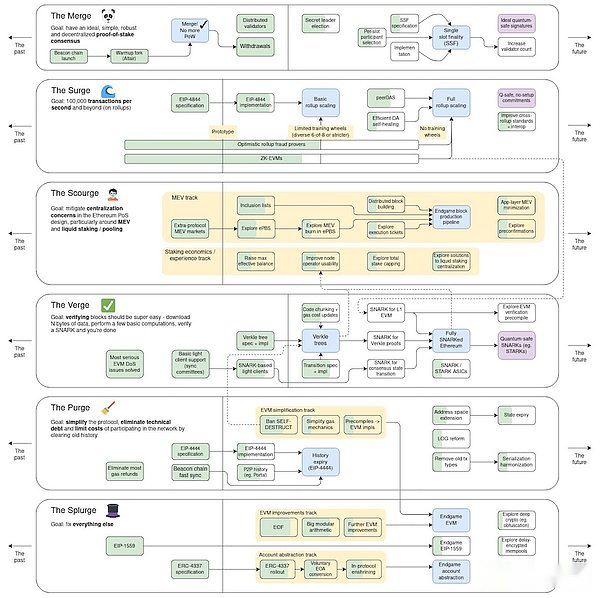
The latest version of the Ethereum roadmap.(Vitalik Buterin/X)
“So we will slowly clean up some paths that are not taken, such as disabling Selfdestruct (the last upgrade was completed) or getting rid of the Bloom filter in receipts in the future (which will make synchronized nodes faster),” he added.
Splurge is self-evident at least at the top line level, including new features that the Ethereum community is willing to “squander”.
“They contain some of the changes already mentioned to make Ethereum easier to use. If we feel there is enough room for the upcoming hard fork (in terms of complexity), these changes may be released with other upgrades,” van der Wijdenexplain.



